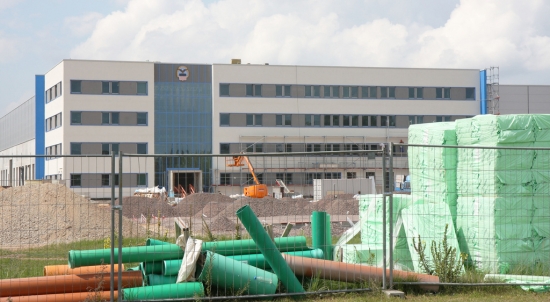Going green can be beneficial to commercial real estate landlords but they tend to focus their attention on projects that are easy on the wallet and that tenants can actually see. A new report released by Jones Lang LaSalle, entitled Global Sustainability Perspective, reveals that many US real estate companies are keeping a tight lid on capital investments that require financing and opting for smaller, self-financed projects that will provide an immediate payback instead.

More money is available to business owners to help defray the cost of renewable energy installations and retrofits now, but real estate firms are still favoring modest upgrades such temperature controls and lighting retrofits. More extensive projects like HVAC upgrades that would save energy over the longer term but are not as obvious to tenants are less likely to be implemented.
Commercial property landlords must understandably weigh their decisions carefully. Every dollar spent must be measured against the potential rewards and how quickly these will be realised. Financial returns may be in energy savings, rental returns or by adding value to the building. In many cases, the immediate financial return is the more attractive draw for commercial property landlords.
Going green does have its advantages since this feature can be used to draw in potential tenants. It may not mean owners can justify charging more for available space, however. The goal is to improve the value of the property itself.
The Global Sustainability Perspective report points out that if landlords take, and take advantage of available tax incentives, they may find that more extensive projects make good financial sense.
Previous Post
Play.com Glitch Leaves Retailer Red Faced